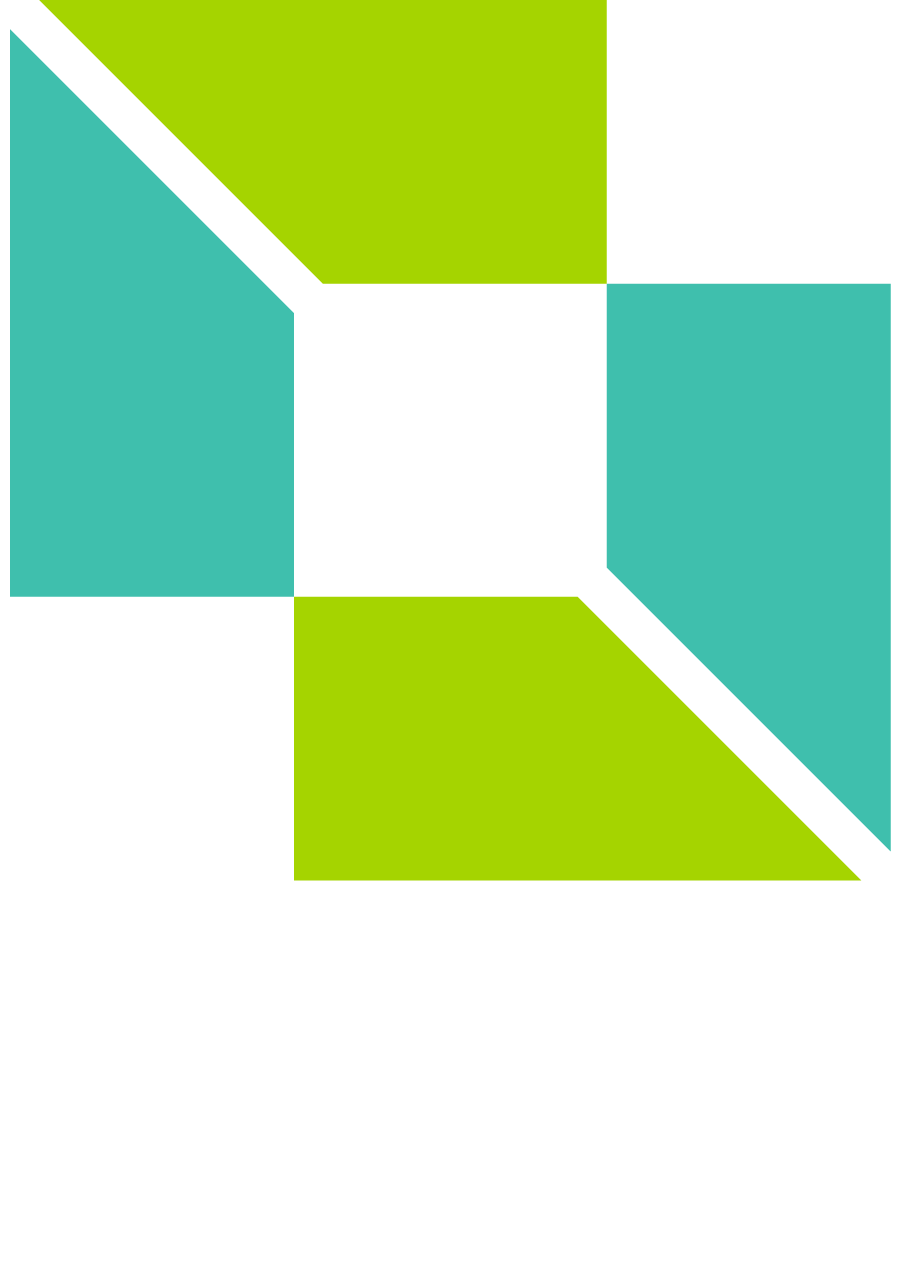In today’s edition of CBE Connect, we explore three very common scenarios that college students encounter and consider how each can be handled with professionalism and politeness, behavior that is expected in both college and business settings. Utilizing these six best practices can give you that professional edge that will set you apart amongst other candidates for recommendations, job positions, and internships – it can help you make that long-lasting impression on your advisor(s), professor(s), and future employer(s).
Scenario 1: Emails
“I emailed my advisor/professor and I have not received a reply”
- Time Your Email Accordingly
- Try to send email messages during the typical business day (8 a.m. – 5 p.m.); professional staff do not usually work at night or on weekends
- Allow at least 24-48 hours during the business day to receive a reply; this is the normal expectation when corresponding with or leaving a voicemail for a professional
- If you can, plan ahead and allow for your question/situation to be answered within 24-48 hours rather than waiting until the last minute to receive a response
- If you do not receive a reply within 24-48 hours, you can follow-up with an additional e-mail or call, but allow at least 24 hours for a response before sending additional messages or calling again
- Use Professional E-mail Etiquette
- Make sure to be polite and professional
- Review your message before sending to ensure the individual getting the email does not receive a message with an unintended tone of voice
- Include a formal greeting and closing
- Greeting examples::
- Dear Mr. March,
- Good Morning/Afternoon Mr. March,
- Closing examples:
- Sincerely,
- Thank you,
- Best,
- With warm regards,
- Use proper grammar and sentence structure; even informal e-mails are expected to be written with proper language and punctuation
- Be clear and straightforward without mentioning unnecessary information; get right to the point or why you’re e-mailing
- Create a signature for your e-mail account with your name and contact information for reference
- Signature Example:
- Sarah Smith
- Marketing Intern, Chick-fil-A
- *insert phone number here*
- *insert email address here*
- Signature Example:
- Greeting examples::
Scenario 2: Meetings
“I scheduled a meeting with my advisor to discuss my class schedule and degree completion plan”
- Arrive Only Five Minutes Early
- If you are meeting with someone in an office environment, arrive no more than five minutes early
- Whomever you are meeting with may need adequate time to prepare; arriving too early for an appointment creates unnecessary pressure
- Communicate In a Professional, Non-Confrontational Manner
- Give your advisor(s), professor(s), and/or future employer(s) enough time to talk – listen and don’t interrupt them
- Keep your composure and don’t sound angry during the meeting
Scenario 3: Interviews
“I have a very important interview for a summer internship tomorrow”
- Always Arrive Fifteen Minutes Early*
- Arrive fifteen minutes early to your interview
- Prepare for your interview beforehand and allow adequate time to commute
- Don’t be late! Show that you are responsible and care about the opportunity
*keep in mind that this is different from the ‘Meetings’ scenario
- Dress in Professional Business Attire
- Always wear professional business clothing
- Professional Clothing Examples:
- Suit (black, blue, or gray)
- Dress (with appropriate length)
- Blouse
- Button-down shirt with tie
- Avoid very bright colors and ‘loud’ patterns
- For more information on appropriate interview attire, see How to Be Professional
- Professional Clothing Examples:
Check back next Wednesday for another edition of CBE Connect! If you would like more information on professional student best practices, visit Etiquette in the Workplace


